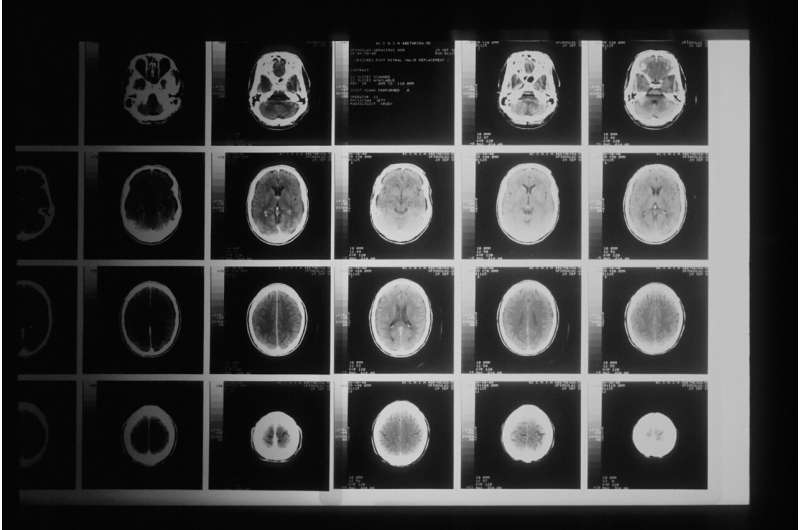
Peptide receptor radionuclide therapy (PRRT) with lutetium dotatate is a treatment for well-differentiated neuroendocrine tumors that the U.S. Food and Drug Administration approved in 2018, but clinicians have lacked a metric for predicting its benefit on an individual patient basis. Now, a clinical score system developed by researchers at Vanderbilt-Ingram Cancer Center (VICC) has been validated that can guide PRRT treatment decisions.
Satya Das, MD, MSCI, assistant professor of Medicine at Vanderbilt University Medical Center and lead of the neuroendocrine tumor program, and colleagues devised the clinical score system, which designates points according to organ involvement, types of prior treatment, symptoms and other factors. Data from a four-year study, published Jan. 19 in JAMA Network Open, indicate that the scoring system may be a clinical tool for patients being considered for PRRT.
PRRT is a molecular and radiation therapy, where a cell-targeting protein is combined with a small amount of radioactive material to create a radiopeptide. When injected into a patient’s bloodstream, this radiopeptide binds to neuroendocrine tumor cells and delivers radiation directly to the cancer cells.
The clinical score divided patients into groups greater than 4 points and less than or equal to 4 points.The researchers found that among patients who received three to four doses of PRRT, those with a score of 4 or less experienced a median progression-free survival which was not reached (NR) compared to 16.92 months in patients with a score of greater than 4. Quite strikingly, this same trend was observed with regard to overall survival.
Patients who received partial doses of one to two treatments had worse outcomes than those who received the full dose regimen or no PRRT treatment at all. Researchers hypothesized that a minimum of three doses are needed to achieve a meaningful threshold of DNA damage in neuroendocrine tumors to stop tumor growth.
“The clinical score is the first validated clinical metric which can prognosticate the anticipated benefit from PRRT for a given patient and we are already using it in the oncology clinic to guide patients about to start the therapy,” said Das, the study’s corresponding author.
The findings also suggest that treatment outcomes may be optimized when patients are less pretreated with other therapies and possess a lower degree of metastatic involvement. However, other results from ongoing clinical trials are needed to confirm this suggestion.
“The optimal sequencing of PRRT remains a great unknown in the field of neuroendocrine tumors. Our clinical score points toward the benefit of earlier utilization of PRRT with lutetium dotatate, which is consistent with preclinical data suggesting the DNA damaging ability of the drug is optimized with lower disease volume,” said Das.
Source: Read Full Article
